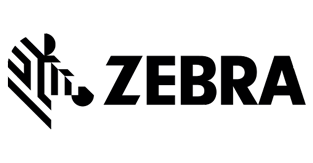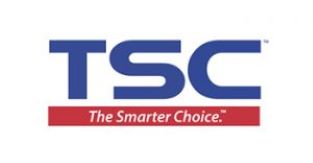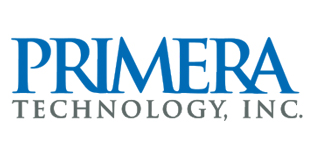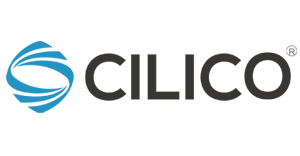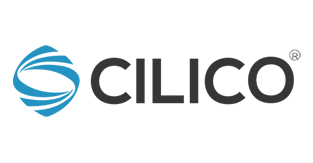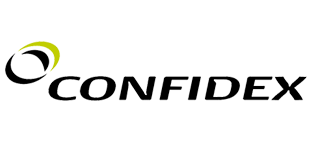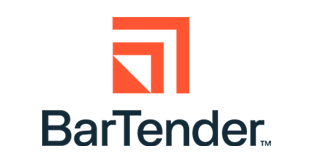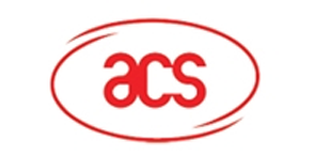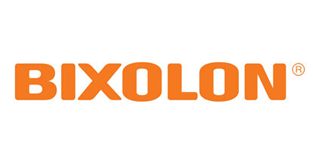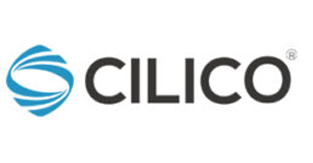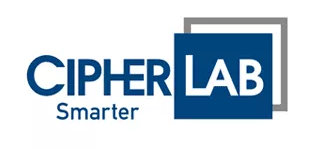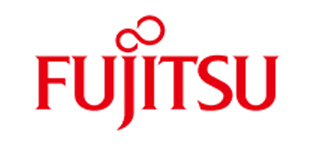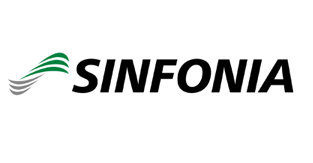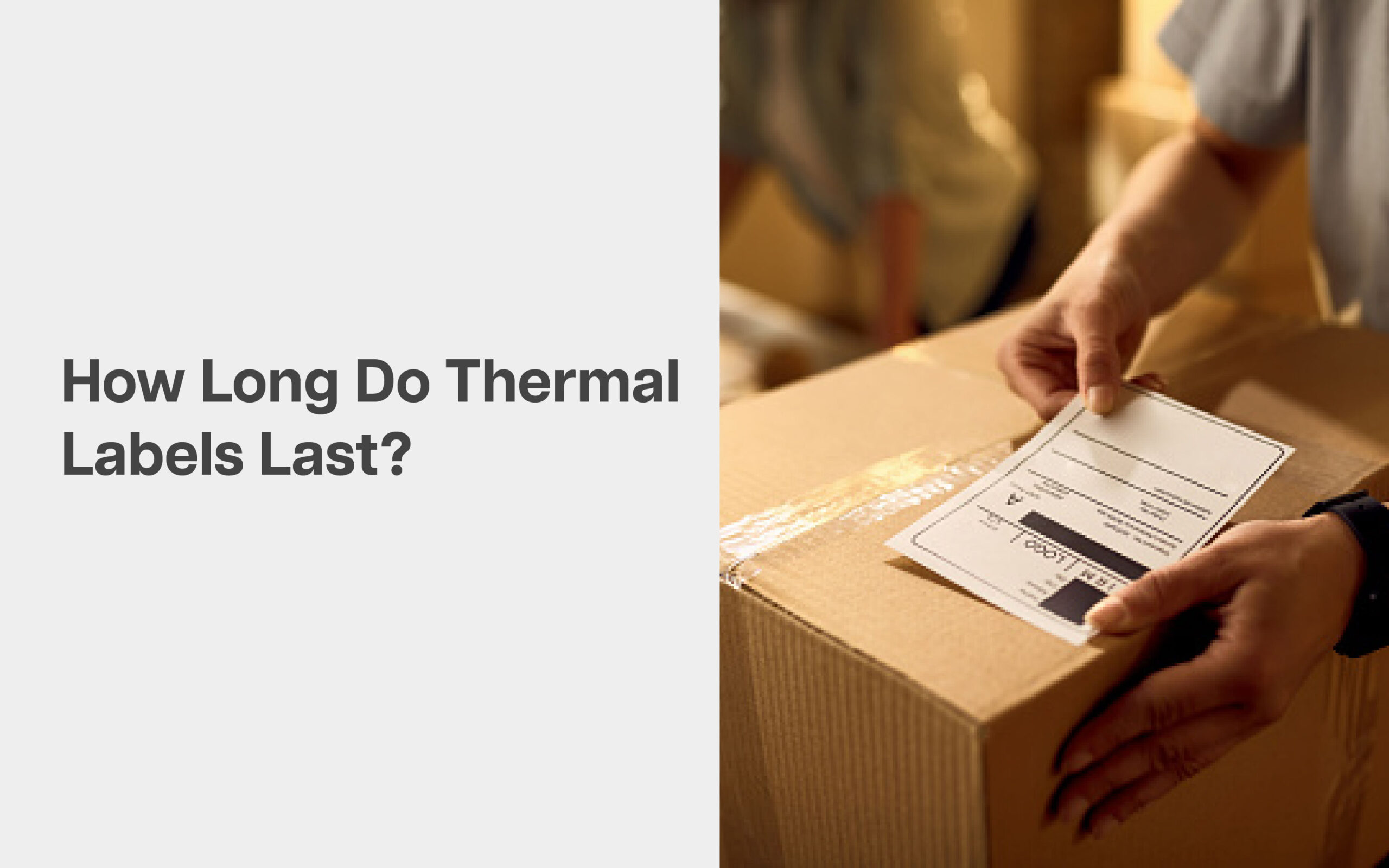Thermal labels are crucial for any industry that needs precise and well-organized labelling, including logistics, shipping, the food and beverage industry, e-commerce, and others. Your operational efficiency can be considerably improved by using the proper thermal labels.
Here are some basic types of labels
![]()
Image: Artpaper Thermal Labels
Artpaper labels are non-waterproof with a matte white surface. These labels are to be used with a thermal transfer label printer, which requires a wax ribbon to print. It is an economical material best suitable for indoor usage, and supports labelling across a wide variety of surfaces such as cardboard, paper, packaging films, most plastics, and metal and glass.
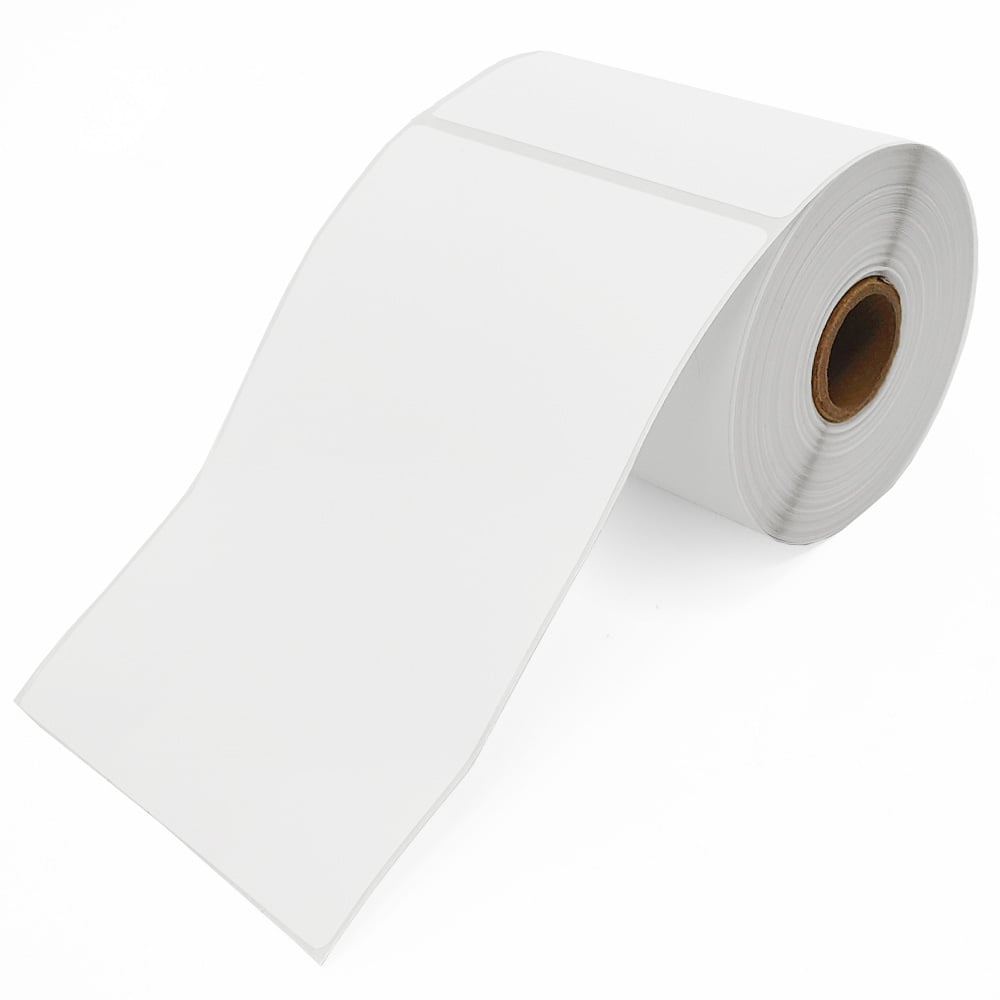
Image: Direct Thermal Labels
Direct thermal labels are most commonly used for short-term labelling. These labels are to be used with direct thermal transfer label printer, which do not require any ribbon to print. It uses heat-sensitive media that blackens the label when it passes through the thermal printhead. Therefore, it is heat-sensitive and not suitable for outdoor environments.
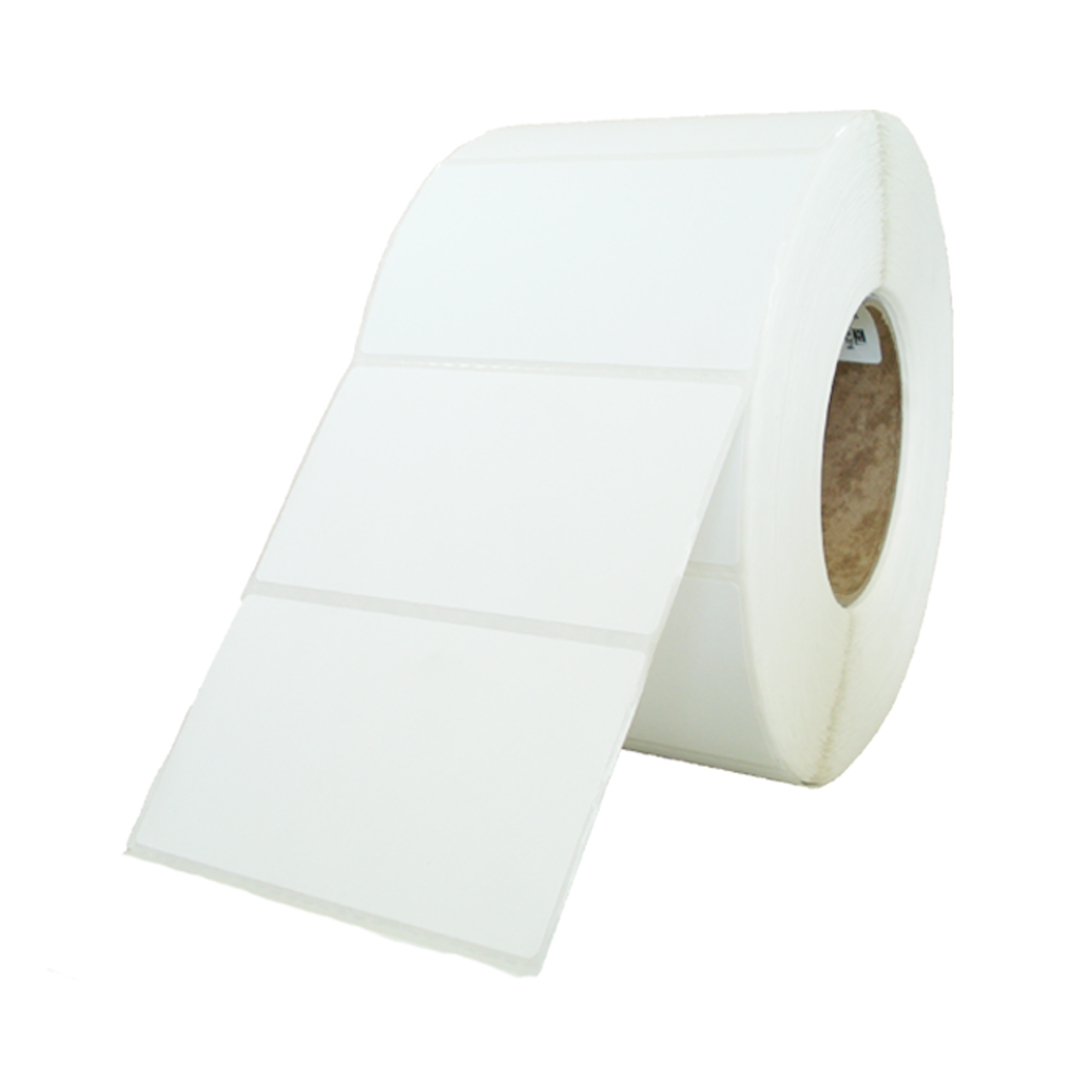
Image: Polyester Thermal Labels (Waterproof)
Polyester labels are waterproof and last longer as compared to artpaper and direct thermal labels. These labels are to be used with thermal transfer label printer, which required resin ribbon to print. Polyester labels are idea for chemical labels, pharmaceutical lab labels and other applications that is in wet or humid environments.
How long do thermal labels last?
Each type of label has a different lifespan.
Artpaper – Requires a ribbon to print, able to last up to 2 years as it is scratch resistance.
Direct Thermal – No ink, toner or ribbon required to print, have a short lifespan of up to 6 months and is scratched easily and will fade faster when exposed to heat and UV light. Printing direct thermal labels requires less supplies and lower maintenance cost.
Polyester (Waterproof) – Required wax ribbon to print, able to last between 3-5 years. As it is waterproof, the labels are able to withstand heat and moisture, and are scratch resistance.







